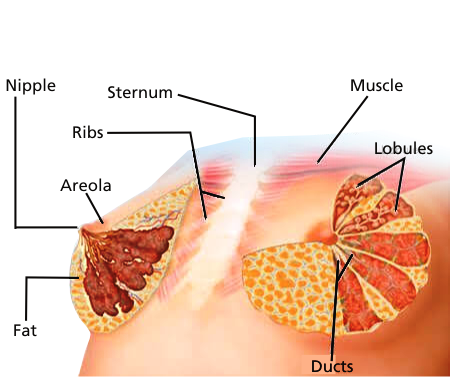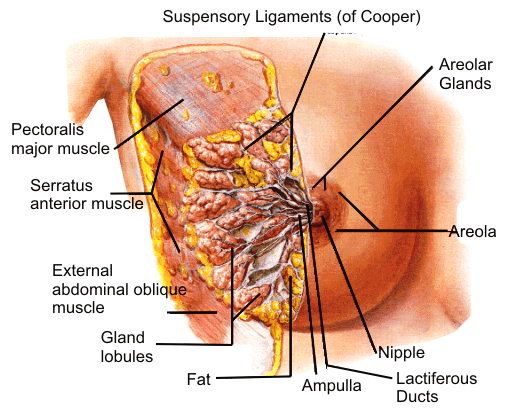Bonding & Breastfeeding - Mother's e-Guide
Main menu:
Postnatal

The Bond: Breastfeeding.
Breastfeeding (beneficial to both the baby and the mother) is the secretion of milk via the stimulation of oxytocin, a homone for mother’s milk production, ejection and relaxation. To the baby, the breast is the 'Milk Industry' for nourishment while breastfeeding, an act that involves suckling helps to promote the bond between mother and child; the bonding which has been established right from the womb through the umbilical cord. Babies change positions momentarily hence the best posture for breastfeeding (as purported by some medical experts) is the 'reclination method'. The mother is in an arc-type bent position while the baby rests or leans on the mother's tummy. This position aids hormonal secretion needed for breastfeeding and also enhances the emotional bond meant for the duo.
Mother's instinct is essential to study the baby for adjustment to its breastfeeding needs. It is important that the Mother is also in a relax mood; when there are worries or mentally disturbed, oxytocin release is blocked while emotional interaction will be shortened or totally barred. In the recent time, instinct is not enough for breastfeeding, hence mothers need to be guided through antenatal to stay safe about neonatal
Mothers are expected to feed the baby solely on breast milk for the first six months; and continue for up to 2 years or longer, by then other food supplements should be introduced to the baby. Mothers should also try to breastfeed babies responsively; on-demand anytime, it promotes bonding. The mother's milk containing unique bioactive components is of high nutritional value for the infant's stable and steady growth. The composition of the mammary milk includes: immunoglobulin, cytokines, allergens, fatty acids (polyunsaturated) and chemokines.
Composition of the Mammary Breast

Lateral View of the breast

Front View of the Breast
The breast does not produce milk until three to four days after delivery of the baby yet the baby needs to eat. Hence, the new born feeds on a whitish fluid called Colostrum about eight to twelve hours after birth. This first fluid produced by the Mother's breast is the needed alternative as nourishment for the baby till the breast will start to produce milk. Also, Colostrum serves as a cleansing agent in the intestines to help the baby get rid of wastes from the bowels. Lastly, it supplies needed antibodies to the child to help combat diseases. From all indications, the whitish fluid together with the mammary milk contributes to immune maturation, organ development, aid healthy microbial colonization while protection against infection and inflammation is reinforced. From five days to two weeks at postpartum, breast milk is considered to be largely mature and by the fourth to sixth weeks, the milk is observed as fully mature.
Home Page | Antenatal | Postnatal | Neonatal | Healthy Tips | FAQ | Trainers Pack | Extras | General Site Map
